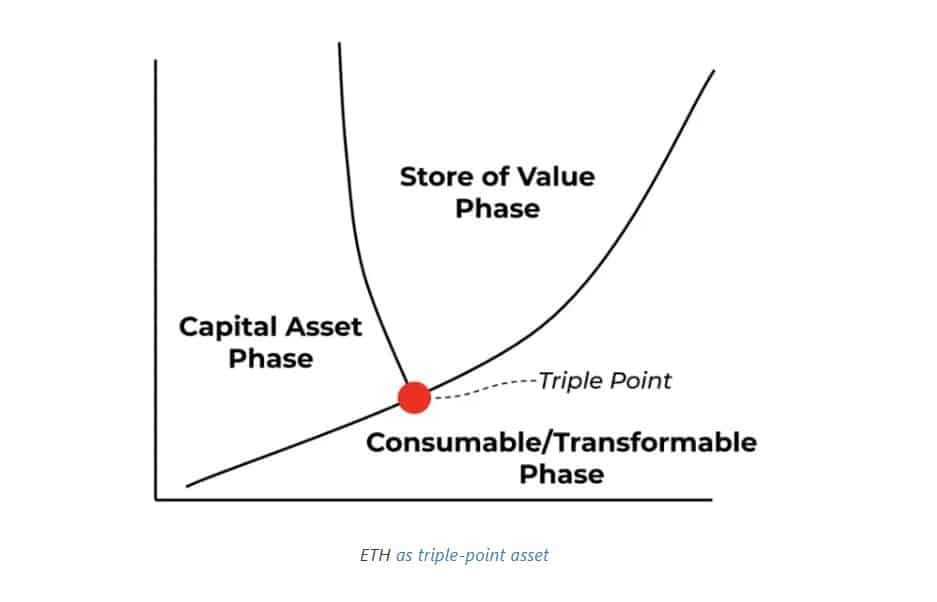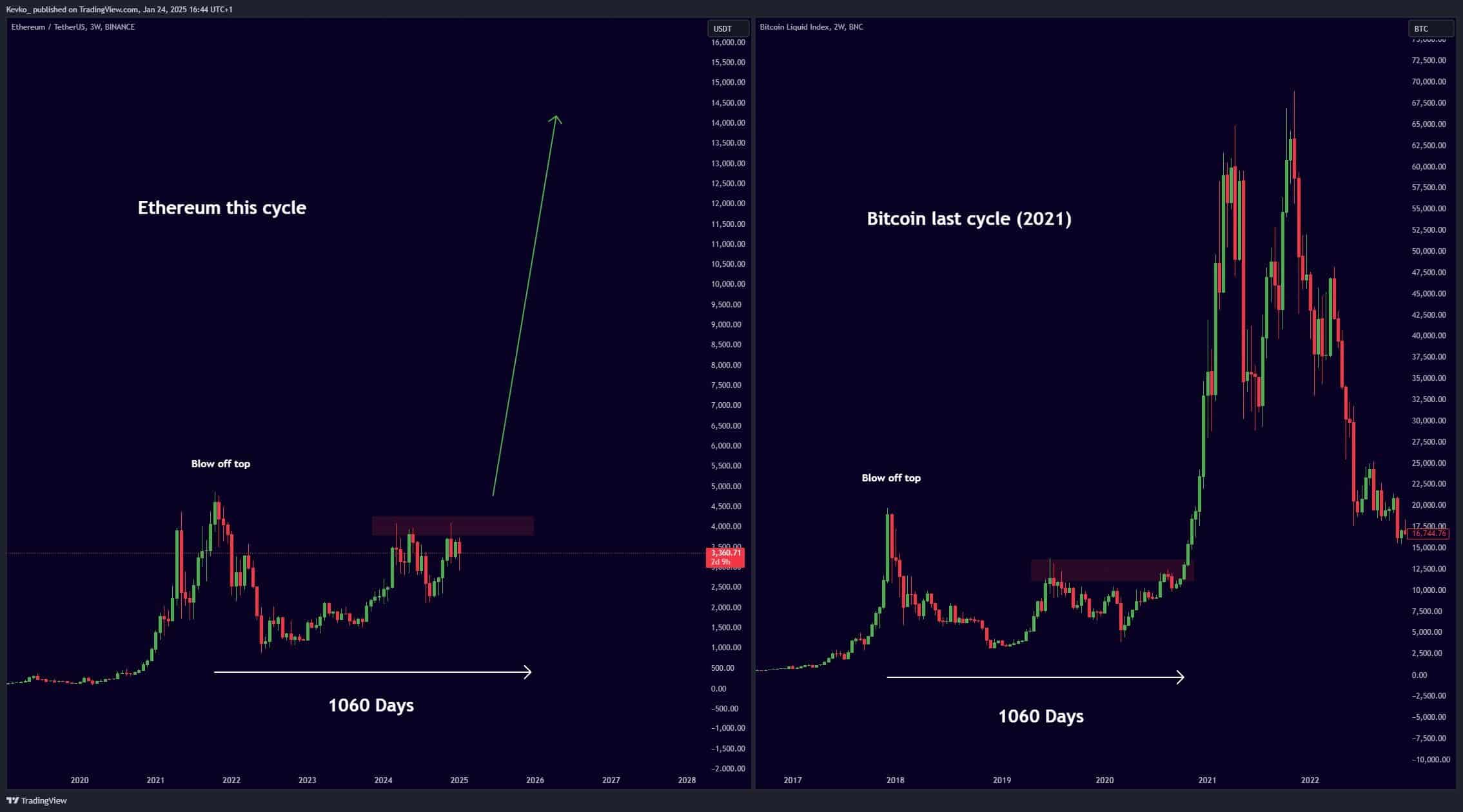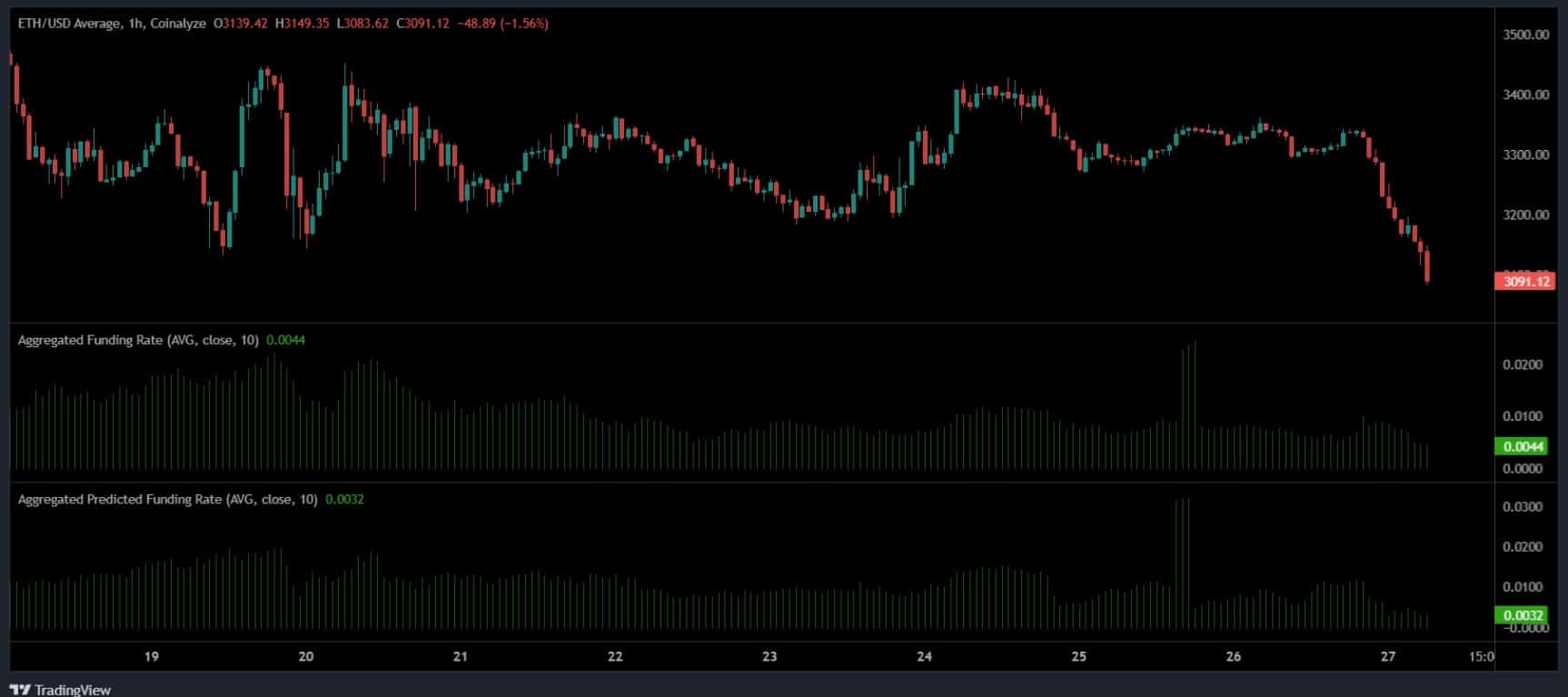-
Ethereum’s evolving strategy and market trends suggest significant potential, but risks and competition remain.
-
Vitalik Buterin’s strategy aims to solidify Ethereum’s position as a “triple-point asset.”
-
Despite recent optimism, Ethereum faced challenges from competitors and bearish market sentiment.
Ethereum’s recent strategies and market challenges highlight both potential growth and underlying risks in the evolving crypto landscape.
Buterin’s core proposals for Ethereum’s evolution
In his latest blog post, Vitalik Buterin has outlined a multi-faceted strategy to enhance Ethereum’s position as a “triple-point asset” and ensure its continued growth.
Central to his proposals is the idea of cementing ETH as the primary asset across both Layer 1 and Layer 2 solutions, encouraging its use as the main collateral for decentralized applications.

Source: vitalik.eth.limo
He also advocates for Layer 2s to contribute to Ethereum’s ecosystem by dedicating a portion of their transaction fees to public goods, either through burning or staking ETH. Additionally, Buterin supports the use of “based rollups” for Ethereum to capture value through Miner Extractable Value, while cautioning against forcing all rollups to adopt this approach.
Lastly, he suggests increasing the blob count within Ethereum’s architecture to create a new revenue stream, potentially burning significant amounts of ETH.
While promising this, Buterin emphasized that these strategies must remain flexible, as no single solution can address all of Ethereum’s evolving challenges.
Ethereum: Can history repeat itself?

Source: X
While popular crypto analysts have begun drawing parallels with Bitcoin’s 2021 bull run, ETH’s current price trajectory suggests a similar explosive growth pattern may be on the horizon. Both assets display a consolidation phase lasting roughly 1,060 days post-blow-off tops, marked by extended accumulation and resistance retests.
For ETH, the current chart shows a break above a critical resistance zone, much like Bitcoin did before its rally to $69,000. If this historical fractal holds, ETH could witness a parabolic surge, potentially testing uncharted price levels.
This alignment of macro cycles shows ETH’s resilience and market positioning, as developments like Vitalik Buterin’s proposed innovations solidify its narrative as a utility powerhouse. However, history repeating is not guaranteed — macro factors and adoption rates will ultimately decide ETH’s next move.
Potential risks and prevailing market sentiment
Despite Ethereum’s recent advancements and optimistic projections, several risks and a cautious market sentiment warrant attention.

Source: Coinalyze
There has been a notable drop in ETH’s Futures market aggregated Funding Rates and predicted Funding Rates, particularly in the most recent sessions. This decline aligns with Ethereum’s price falling below $3,100, showing diminished bullish sentiment.
Lower Funding Rates often reflect traders closing long positions or increased short interest, suggesting heightened caution and a bearish outlook in the near term unless demand rebounds significantly. Additionally, Ethereum has faced challenges in maintaining its market position against competitors like Solana [SOL] and Bitcoin [BTC].
Factors such as higher transaction fees and scalability issues have contributed to Ethereum losing ground, with Solana experiencing a 31% increase in value since the beginning of the year, while Ethereum has seen a decline of over 3% in the same period.
While Ethereum’s foundational strengths and recent developments offer promise, investors should remain vigilant of these risks and the prevailing cautious market sentiment.
Conclusion
As Ethereum moves forward, the ecosystems’ advancements under Buterin’s strategic vision could shape its trajectory significantly. However, the risks posed by market dynamics and competitive pressures necessitate a prudent approach for investors and stakeholders alike in navigating the ever-evolving landscape.
